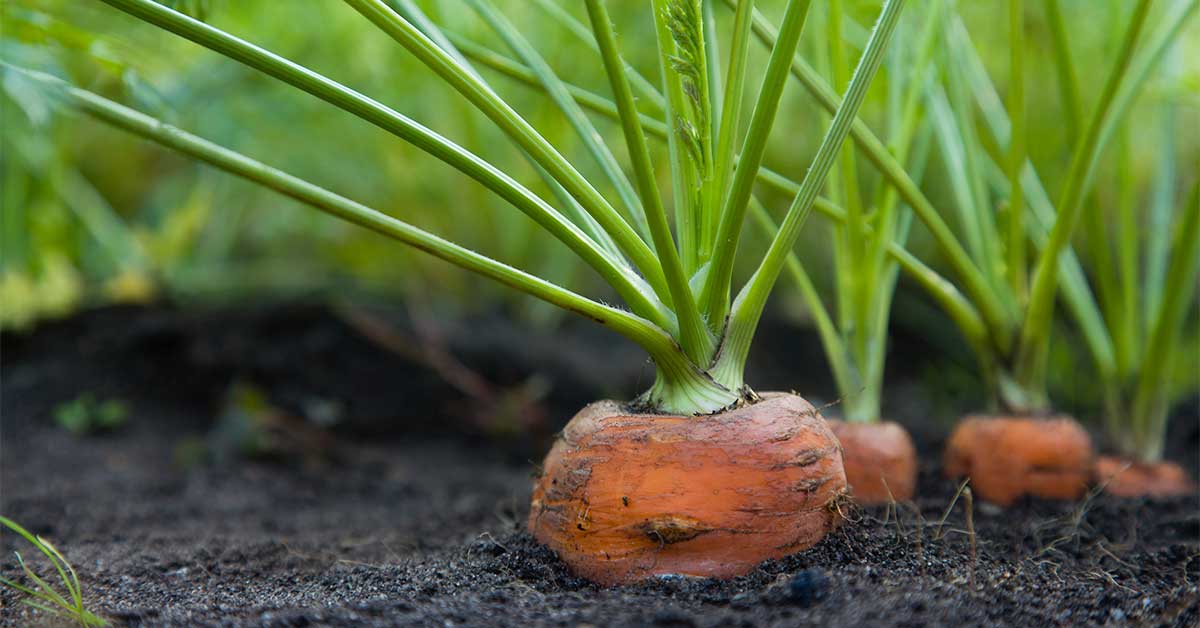When it comes to common field crops in Illinois, there is no question that corn (Zea mays) has had a major impact on agriculture. However, sorghum (Sorghum bicolor) is an unknown representative of the grass family (Poaceae), which has its agricultural history in our country. It is closer to other sorghums than to Zea mays, the best-known member of the Poaceae.
"More manufacturing was established in Illinois in the early 1800s, and central Illinois became the center of manufacturing here in the United States," said Stephen Moos, professor of genetics at the University of Illinois ACES College.
As the name suggests, the plant is used to make brooms because it produces seeds with long branches and fibers that retain their hard character and attract dust , making them ideal for brooms . Venikov's high drought resistance and relatively high yields, even on poorer soils, made it an easy crop for newcomers to medium soils. Over time, its production increased as the prairie frontier expanded into the western states.
"It basically migrated as a culture with a new colony," Moos said. "It was quite profitable for the minimal effort required to grow it, especially if it was feeding a local plant like we have in communities like Arcola and Paxton."
With the development of processing centers for this new crop, central Illinois became the center of corn production in the United States from the 1850s to the 1920s. Given the legacy here, it is interesting to note that corn production in the Prairie State is currently in decline. Many factors have contributed to its decline, from cheap plastic fiber for brooms after World War II to reduced harvesting labor.
Because Scotch broom is grown for its fibrous spikes (seed heads) and not for its seeds, this crop has mostly been harvested by hand. In the increasingly mechanized world of agricultural production in the mid-20th century, this hand-harvested crop was replaced by other technologies. However, Illinois has a rich heritage of corn research, founded by former professor Henry Hadley. Muse began his work based on the latest advances in genetics.
"In past research and breeding, the main goal was to produce shorter corn with fewer seeds," he said. "When I started working with the antlers in 2014, we did a DNA trace, or '23andMe' if you will, with the antlers."
His understanding of DNA has helped moose trace its origins as an agricultural product using historic collections of antler samples that the university has maintained over the years.
"We found that there is some mutation in the seed head that allows for very long fibers," he said. "This mutation probably occurred several times independently and was found and reproduced several times by humans."
In the past, many varieties of dwarf corn did not produce long enough fiber to be useful. Understanding the long fiber mutation has fueled ongoing research efforts to create a dwarf broom that is shorter and offers mechanical harvesting capabilities compared to the taller, traditional types of Scotch brooms .
"What we're trying to do now is rebuild the previous broom work to produce dwarf broom corn that still has enough fiber to be viable," Moos said.
Earlier researchers did not benefit from modern DNA analysis or some of our new knowledge of weed genetics and breeding. With the opportunity to take a closer look at DNA, Loos made some interesting discoveries.
"We found that genes for terminal sterility are associated with genes for good corn," Moos said. "They can be broken, but we didn't know that before, and it's going to take a lot more effort to break it."
Today, hybrid corn seed is produced by crossing a female queen plant that is male sterile and unable to self-pollinate with a male queen plant that contains the pollen of the desired genetics. The same approach is used to produce hybrid sorghum or milo seed, but previous attempts to transfer the sterility trait to corn have had difficulties.
Moz found that male infertility genes and longer fibers are linked, and efforts should be made to separate them. Primitive agriculture came close to this discovery, but, according to Muse, it was "bad luck". Armed with this knowledge, he looks to the future with confidence.
"If the broom was produced cheaper, it could be used in other markets," he said. "It can also be more competitive with natural fiber brooms."
"Right now the effort required to harvest is the limit, but we're working on just more for mechanization, and we hope these advances will create a profitable crop for Illinois markets," says Moos.
Ryan Pankow is a horticulture educator with UI Extension in Champaign, Ford, Iroquois and Vermilion counties. This column also appears on his Garden Scoop blog at go.illinois.edu/GardenScoopBlog.


Post a Comment
Post a Comment